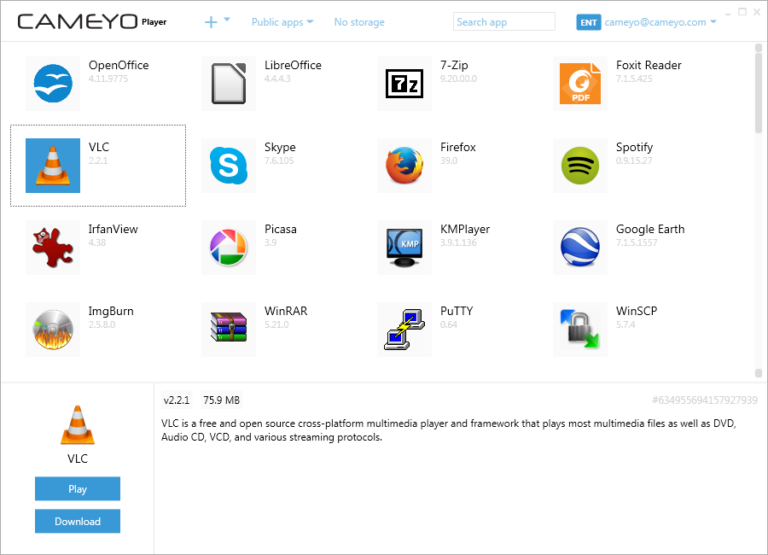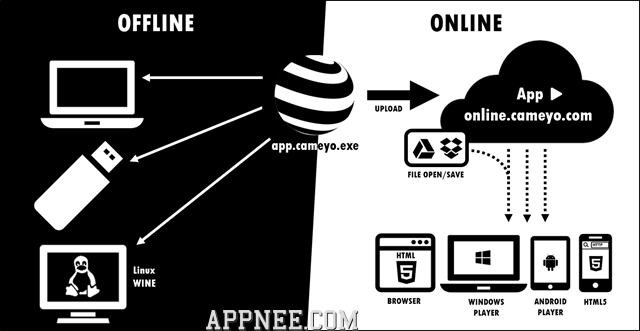

Regardless, I felt that this set of programs offered a fair sense of how various installation settings would compare. The latter was an especially good candidate for virtualization, in that its full installation included a variety of tweaks, add-ins, and updates. For example, Cool Edit 2000 and Microsoft Office 2003 were ancient, but still useful for my purposes.

The programs tested here would not necessarily be those that would matter most to others. In the two latter settings, I considered both the program and its virtualized counterpart. In most cases, I compared the program’s basic functioning in my native Windows 7 圆4 installation against its functioning in Wine and in a Windows VM. The following sections of this post describe what I encountered with each of several different programs. Finally, there would be the least convenient but most familiar option of running the program in Windows natively, in a dual-boot system. If Wine did not work well with either the program itself or with a virtualized package of that program, then the alternative would be to run that program, or virtualized package of it, in a Windows VM. For purposes of virtualizing software, I had the free Cameyo virtualizer, and had also downloaded the 60-day free trial of VMware’s ThinApp. For some programs, it seemed it might be better to created a virtualized (i.e., portable) version of the program, with all those tweaks built in, and then run that package on Wine. But I was not sure that Wine could accommodate and store all of the additions and adjustments that a person might make when installing a program, adding plugins, doing updates, and so forth. I wanted to reduce my dependence on Microsoft, and anyway I expected a virtual machine (VM) to yield worse performance than a program running directly on a native installation, so my first choice was to run those Windows programs in Linux using Wine. The question was, in what form would I continue to use them? As described in a separate post, I did not find good Linux replacements for some of those programs, and therefore planned to continue to use those Windows programs. I had identified a substantial number of Windows programs for which I would be seeking Linux alternatives. I was in the process of transitioning from Windows 7 to Linux.


 0 kommentar(er)
0 kommentar(er)
